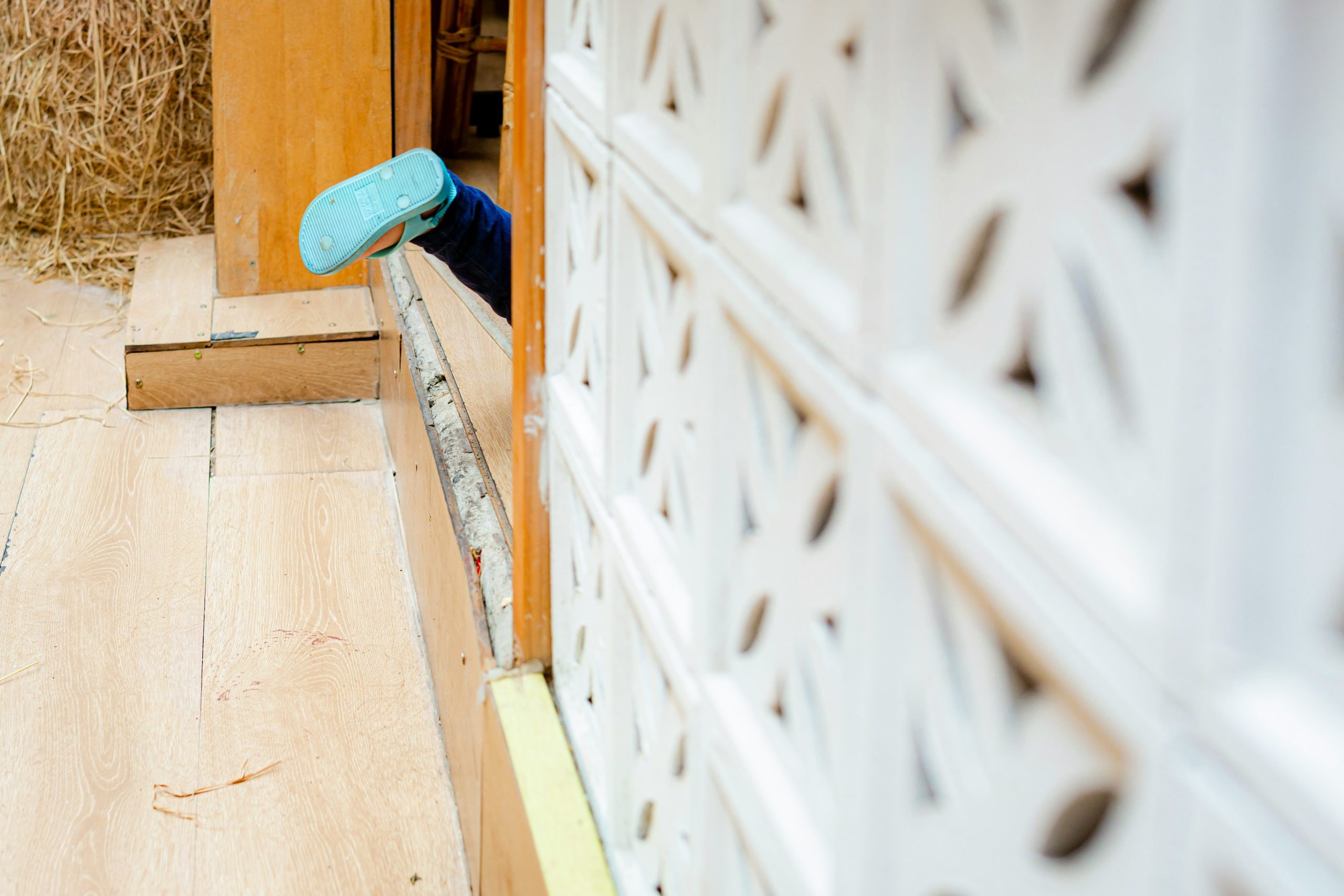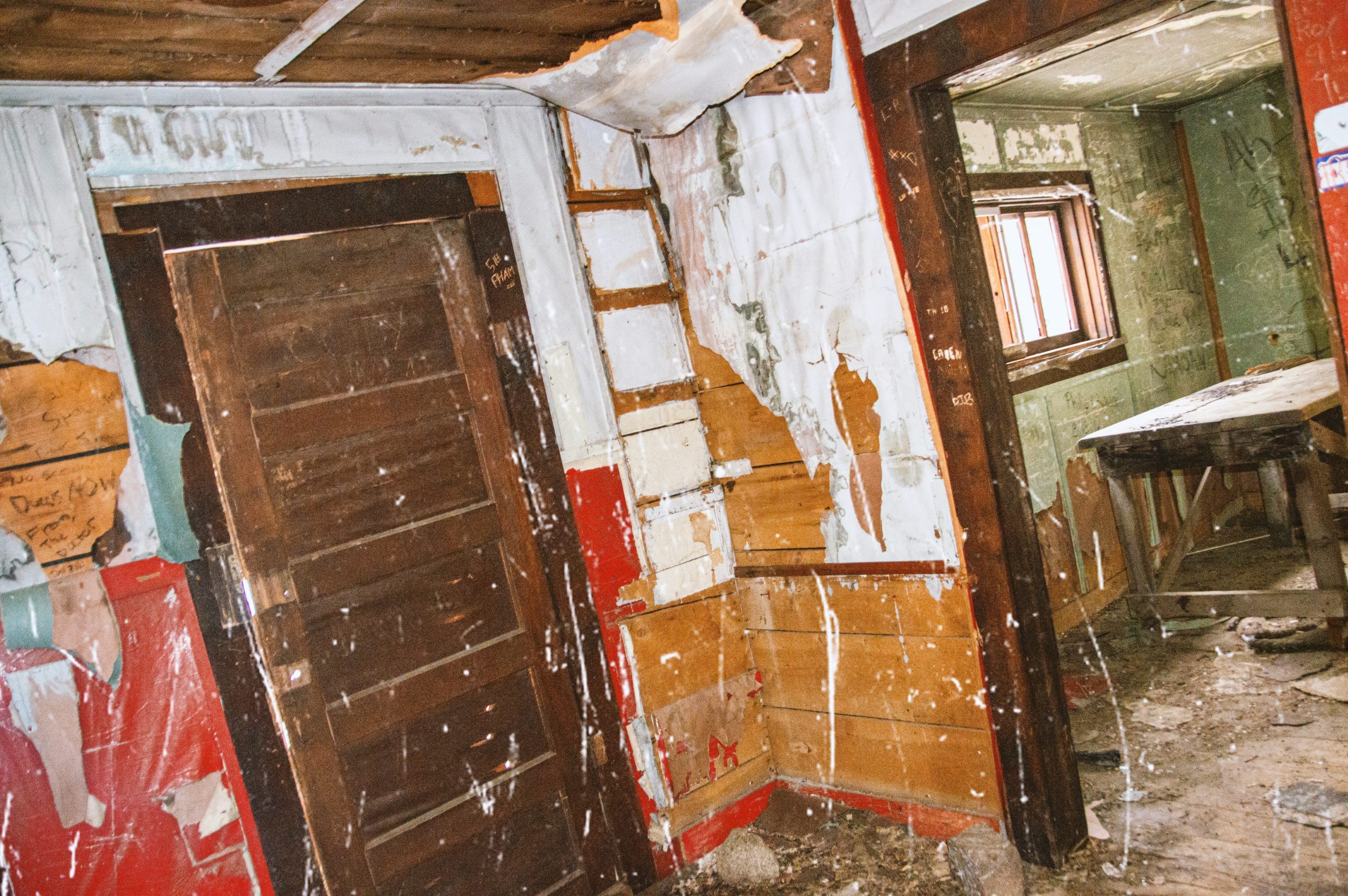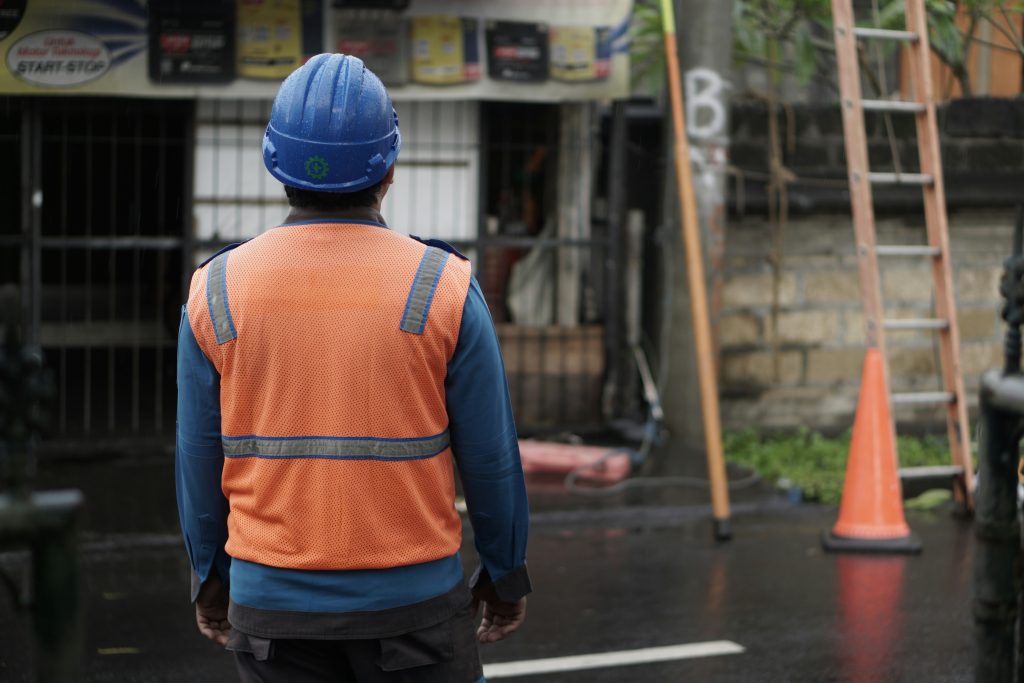Ever wondered why home insurance ads keep mentioning asbestos? Spoiler: It’s not just to scare you.
If you’re someone who juggles personal finance, uses credit cards strategically, or even *thinks* about insuring your home—this one’s for you. Asbestos may sound like a relic of the 70s, but it’s lurking in millions of homes today. And guess what? If you don’t assess your exposure risk properly, it could cost you big time—not just in health terms but financially too.
In this guide, we’ll break down how exposure risk assessments can save you from nasty surprises when dealing with asbestos-related claims on your insurance policy or managing unexpected expenses through your trusty credit card (cue dramatic music). By the end, you’ll walk away equipped with:
- Why asbestos still matters (spoiler alert: it’s everywhere).
- A simple step-by-step process to conduct your own exposure risk assessment.
- Hacks to ensure you’re covered without overpaying for insurance or maxing out that AmEx.
Table of Contents
- Asbestos 101: Why You Should Care About This Hidden Threat
- Step-by-Step Guide to Conduct an Exposure Risk Assessment
- 5 Tips to Manage Your Financial Risks Around Asbestos
- Real-Life Examples of What Can Go Wrong (and Right)
- FAQs About Asbestos Insurance & Credit Cards
Key Takeaways
- Asbestos isn’t banned everywhere—it might be hiding in your walls right now.
- Ignoring exposure risks can lead to costly medical bills and uncovered insurance claims.
- A proactive approach saves both money and peace of mind.
Asbestos 101: Why You Should Care About This Hidden Threat

“Optimist You:” “Hey, they must have gotten rid of all that toxic stuff by now, right?”
“Grumpy Me:” Nope. According to the EPA, asbestos is still found in products ranging from roofing materials to vinyl tiles. And if disturbed? Those sneaky carcinogenic fibers go airborne faster than your toddler spills juice.
Here’s where things get tricky for homeowners. Many standard policies don’t cover asbestos-related issues unless explicitly stated. Add credit card debt into the mix because repairs went south (hello, $10K charge!), and you’ve got yourself a recipe for financial disaster.
Rant Alert: The Fine Print Fail
I once overlooked the fine print on my renters’ insurance policy—I thought mold remediation was covered. Imagine my horror when I found out asbestos abatement wasn’t included either. It felt like sinking into quicksand while being audited by the IRS.
Step-by-Step Guide to Conduct an Exposure Risk Assessment

Step 1: Identify Potential Sources
Start by checking construction dates. Homes built before 1980 are highly likely to contain asbestos-containing materials (ACMs). Common culprits include:
- Pipe insulation.
- Flooring adhesives.
- Ceiling tiles.
Step 2: Inspect for Damage
Cracked floor tiles? Peeling ceiling panels? These aren’t just DIY projects waiting to happen—they’re potential asbestos hazards.
Step 3: Call in a Pro
This is non-negotiable. Professional inspectors use polarized light microscopy to detect asbestos levels safely. Yes, it costs money upfront—but compare that to hospital bills later.
Step 4: Review Your Insurance
Contact your provider to confirm whether asbestos abatement costs are covered. Don’t trust their word alone—read the actual policy document twice.
Step 5: Budget Wisely
If repairs aren’t fully insured, consider stashing funds via low-interest credit cards instead of draining your emergency fund.
5 Tips to Manage Your Financial Risks Around Asbestos
- Educate Yourself: Knowledge is power. Read up on common ACMs and know what to look for.
- Choose Comprehensive Coverage: Opt for policies with endorsements specifically covering environmental hazards.
- Use Rewards Strategically: If you anticipate future costs, pick a cash-back credit card to offset expenses.
- Be Wary of Cheap Renovations: That “bargain” contractor might cut corners—and accidentally release asbestos fibers.
- Document Everything: Photos, reports, communication logs—they’ll come in handy during disputes.
Real-Life Examples of What Can Go Wrong (and Right)

Case Study #1: Sarah D., a first-time homeowner, decided to demo her basement herself. Unbeknownst to her, she shattered asbestos-laden pipe insulation. A subsequent lung infection led to thousands in medical bills—not to mention legal headaches trying to prove liability.
Case Study #2: On the flip side, Mark L. invested $500 upfront for a professional inspection. He discovered minimal ACM presence early on and negotiated favorable terms with his insurer. His total expense stayed below $2K—a fraction of what others paid.
FAQs About Asbestos Insurance & Credit Cards
Q: Does every insurance policy exclude asbestos?
No, but many do. Always confirm directly with your provider.
Q: Is using a credit card wise for these kinds of expenses?
It depends. Low-interest options work well if managed responsibly. Avoid racking up high balances that pile on interest fees.
Q: Can renters face asbestos risks too?
Absolutely. Buildings constructed pre-1980 likely still harbor asbestos. Renter’s insurance rarely covers asbestos abatement, though.
Conclusion
Asbestos isn’t going anywhere soon, folks. But armed with proper knowledge, a little planning, and solid financial tools, you can mitigate its risks effectively. Whether it’s reviewing your insurance policy or leveraging strategic credit card usage—you’ve got this!
Haiku Moment:
Fibers floating free,
Lurking danger unseen—be wise,
Test, plan, breathe easy.
Now go forth and protect your home, wallet, and lungs like a pro!


